The Turkish BMC Chronicle
Page 2
By Steve St.Schmidt (Berlin 2024)
First cab-overs from 1971
From 1971, BMC also offered cab-overs, initially the TM 150, which was equipped with the tipping cab of the British BMC FJ. In 1983, the successor type 1340 was presented, which was also based on the FJ, but had a modernized design with Leyland or BMC lettering. After the British production of these cab-overs had been completely discontinued in the UK, the cab tools had been shipped to Turkey.
At this point, we take a look at Great Britain: BMC had launched the FJ truck model at the Earls Court Commercial Motor Show in 1964, which featured a brand new tipper cab. Initially, BMC marketed these trucks in the UK as both Austin and Morris, but after a new plant was built in Bathgate, Scotland, in 1968, they were marketed under the BMC name. In the same year, Leyland Motors Ltd. merged with the British Motor Corporation, which was now called British Motor Holdings Ltd. The group was now called British Leyland Motor Corporation and existed until 1974, when it was nationalized by the British government shortly before insolvency. DAF subsequently took over the truck division.
However, long before this disaster struck, Leyland had already taken over the Scottish truck manufacturer Albion in 1952, but retained its name until 1972. The cab of the BMC model FJ, known as the "G-cab", was given a facelift in 1968 and was also used in a revised form in the earlier Albion models Chieftain, Clydesdale and Reiver, which were launched on the market in 1972 as the Leyland Redline series. They were built at the former Albion factory in Glasgow until the early 1980s. Yes, it was complicated, but the entire British truck production has long been history anyway.
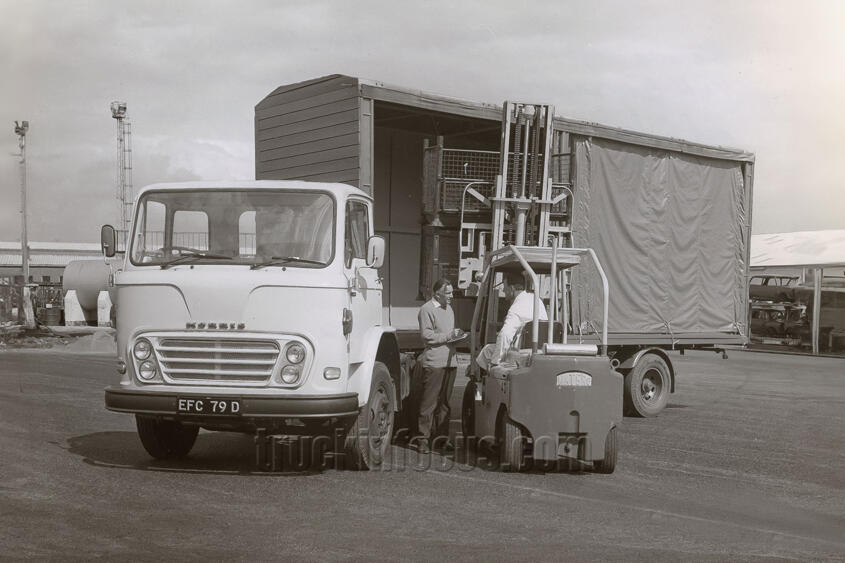
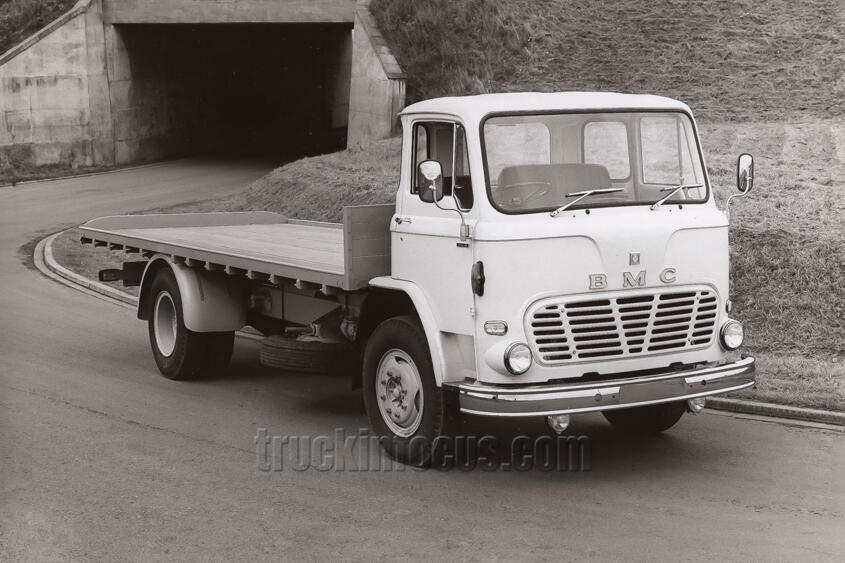
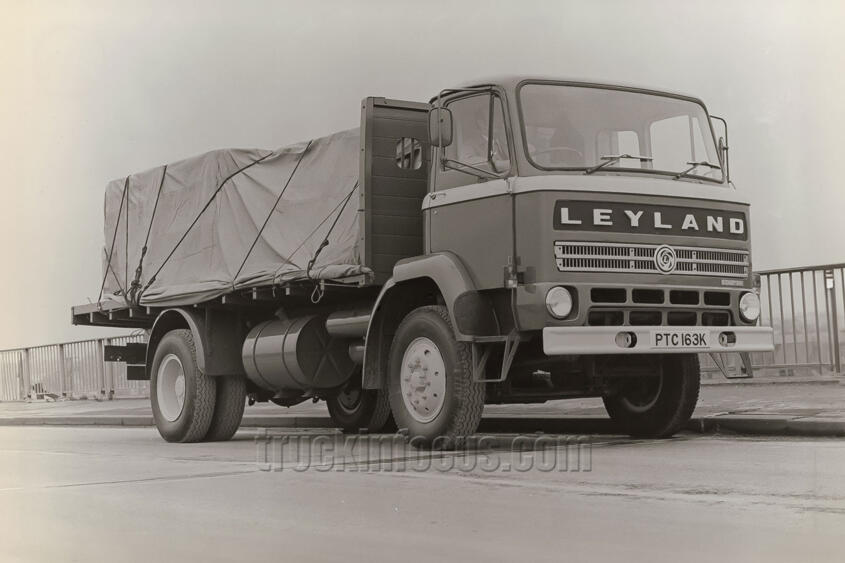
We return to Turkey. There, the BMC cab-overs with the G cab prevailed. The first series was called 1340 and was produced from 1983 to 1987. From 1985, the 1340 G variant was added, which stood out above all with a new differential that was far superior to its predecessor in terms of performance. The outward difference was evident in the rims of the 1340 G with ten wheel nuts as opposed to the eight nuts of the 1340 model. The front design of both models with Leyland or BMC lettering still largely resembled that of the original from Great Britain.
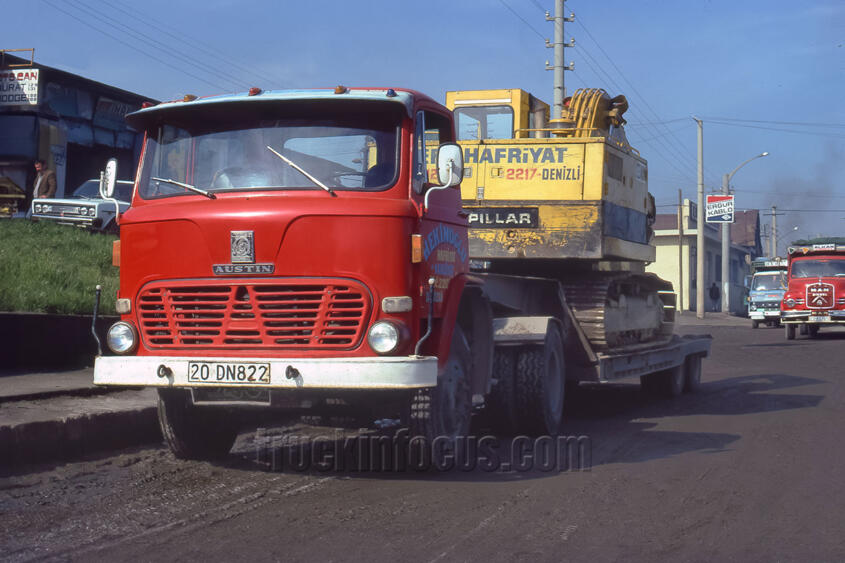
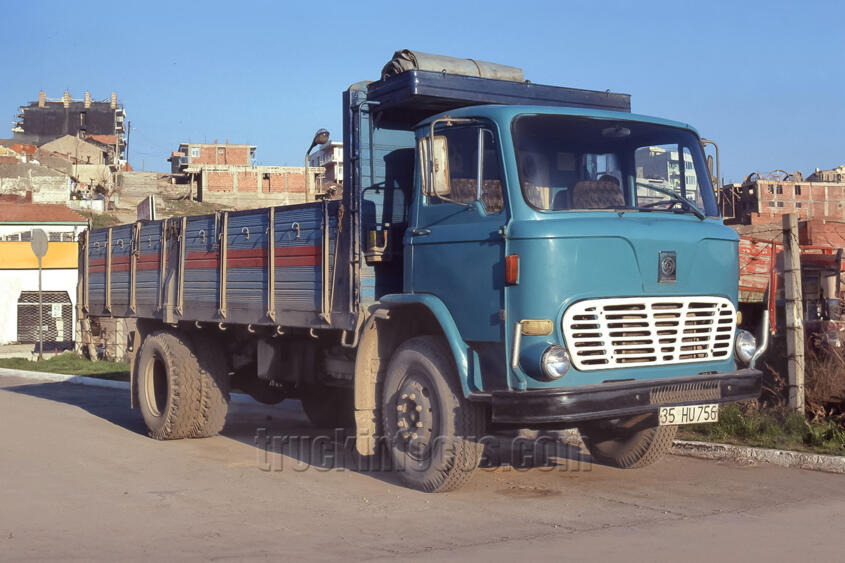
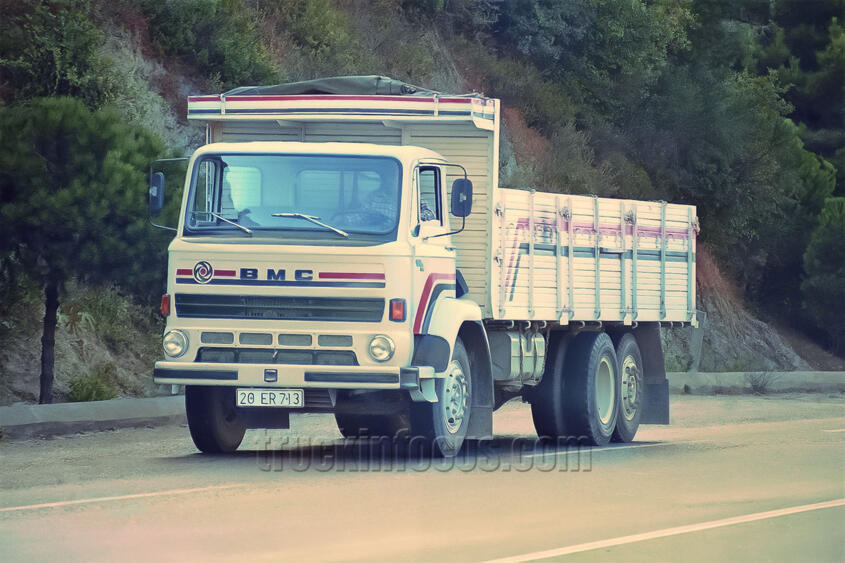
After an agreement between BMC and Volvo allowed the licensed production of turbo diesel engines from the Swedish brand, the cab-over Yavuz was created in 1983. Not only the engine, but also the radiator grille attracted attention with its new appearance. Leyland was no longer represented as a brand; instead, a "Yavuz" emblem adorned the front of the G cab, which continued to be used, sometimes with the Volvo logo. The Yavuz was available as a Type 1850 with 145 hp and as a Type 2200 with 180 hp. This first Turkish truck with turbo was also available as a tractor unit. The production figure for the Yavuz from 1984 is 3244 units.
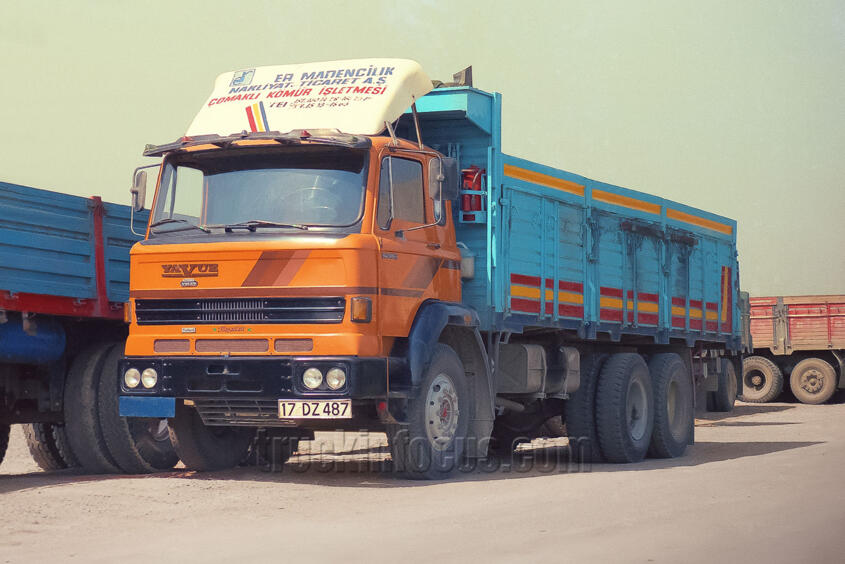
Internet forums report that Volvo terminated the contract for the licensed production of engines after just three years because BMC was not prepared to replace the G cab with Volvo F6 and F7 cabs. Volvo is said to have been of the opinion that the outdated British cab did not match the brand value and image of the Swedish company.
BMC reoriented itself and signed an agreement with the Cummins Engine Company in 1985 and began producing Fatih series trucks with Cummins engines a year later. The name "Fatih" comes from the Ottoman Emperor Fatih Sultan Mehmet and means "conqueror" in Arabic. Fatih is also the central district of Istanbul with the Fatih Mosque.
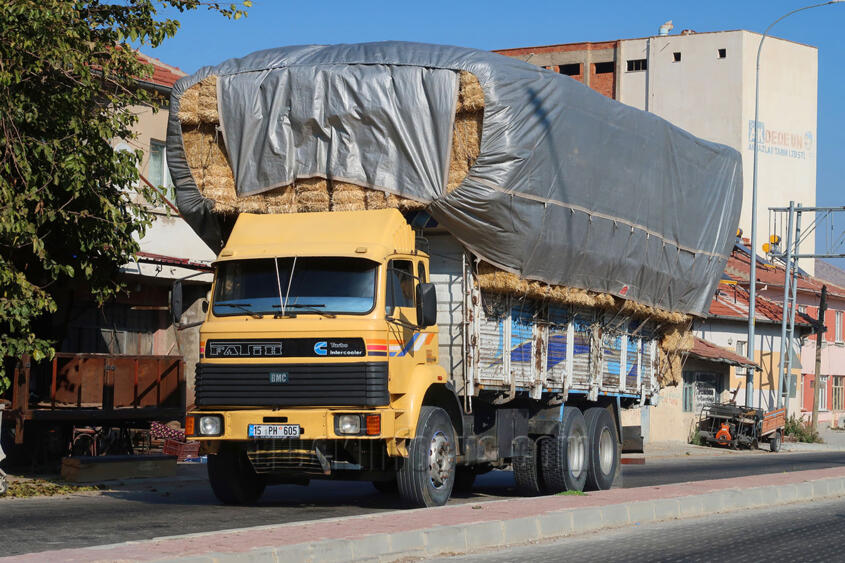
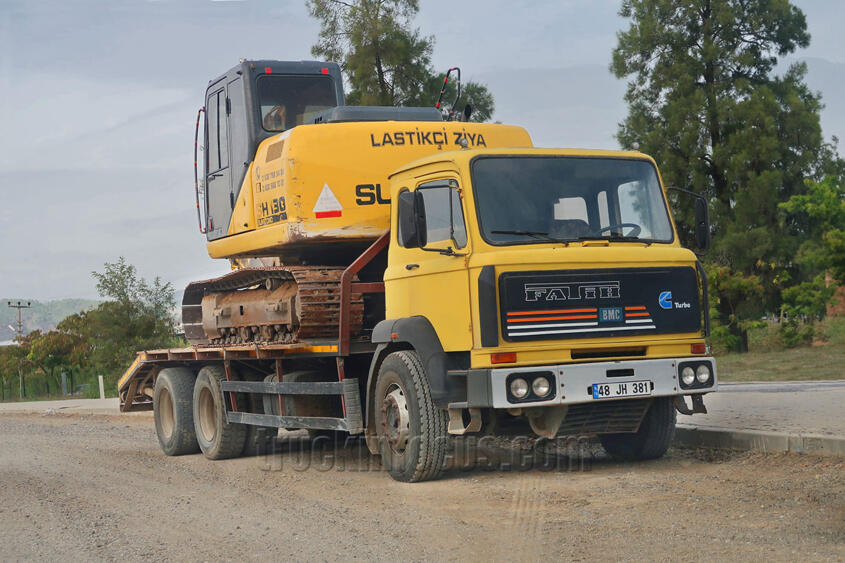
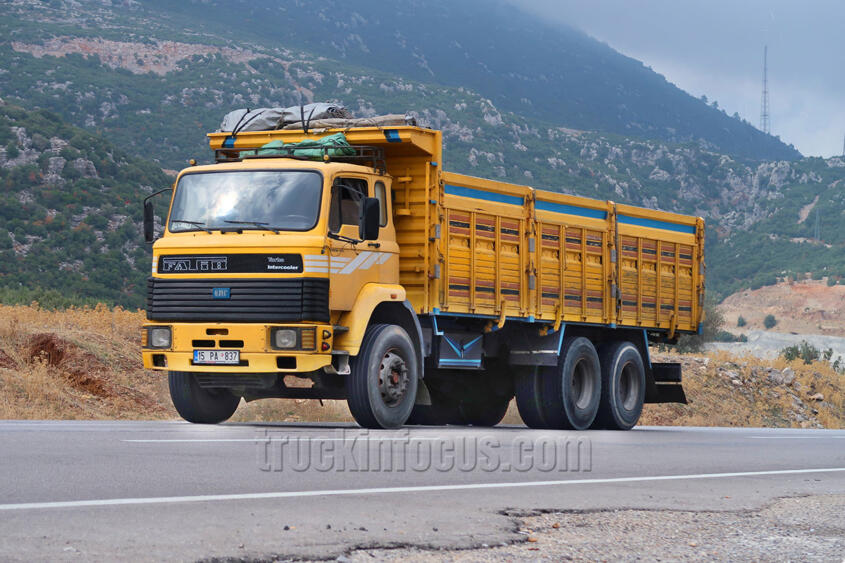
With the Fatih model, BMC had initiated a revolution, as an enthusiastic truck driver reported in a forum: "Engine with turbocharger and low fuel consumption, large differential, large gearbox, full air brakes, wide brake drums and shoes, double chassis, ten wheels ex works and many other differences to its predecessor, the Yavuz. Technical data: Cummins diesel engine with a displacement of 5700 cubic centimeters, 120 hp, additional engine oil cooler, cab tilts 50 degrees, hydraulic power steering, 5-speed transmission as standard, powerful Eaton differential, air suspension." Many city councils throughout the country received yellow-painted Fatih tippers, which were used for municipal tasks. But BMC was also present everywhere in the private sector with trucks from the Fatih series.
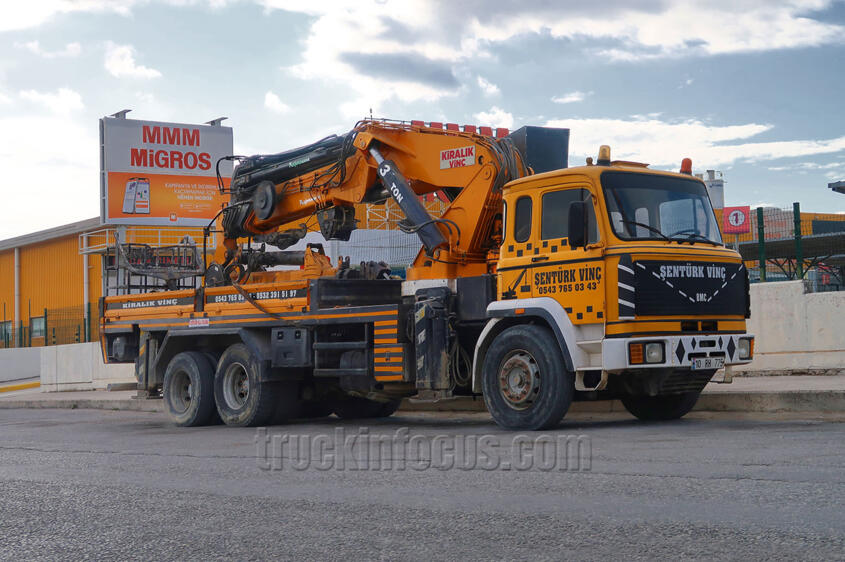
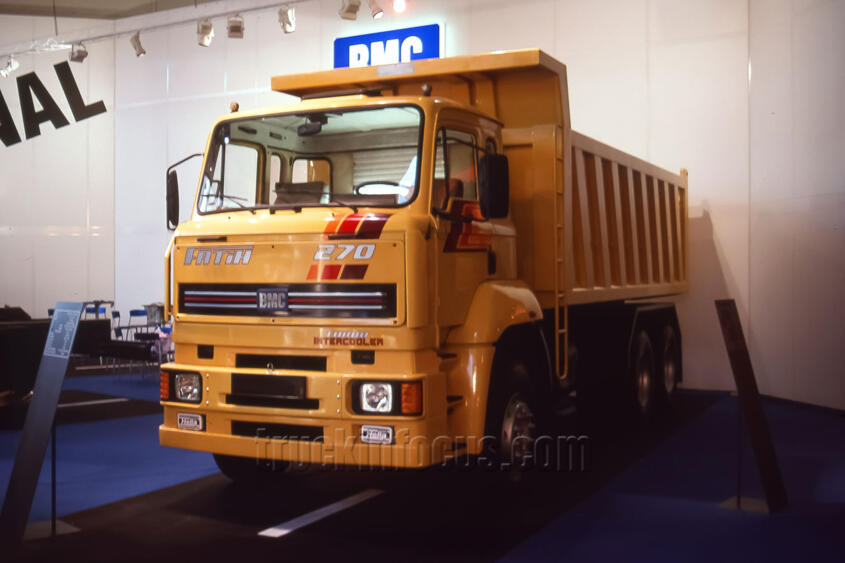
As with the Yavuz, BMC still used the old G cab from the Leyland Redline series, albeit mounted at different heights depending on the vehicle type with corresponding entry variations and in different front design variants. In addition to the Fatih lettering, there was a large letter C in the middle, indicating the Cummins engine. There was no BMC logo. Fatih trucks were produced for more than ten years until they were replaced by the Profesyonel series in 1997. However, trucks with the earlier cab were still available from BMC in later years.